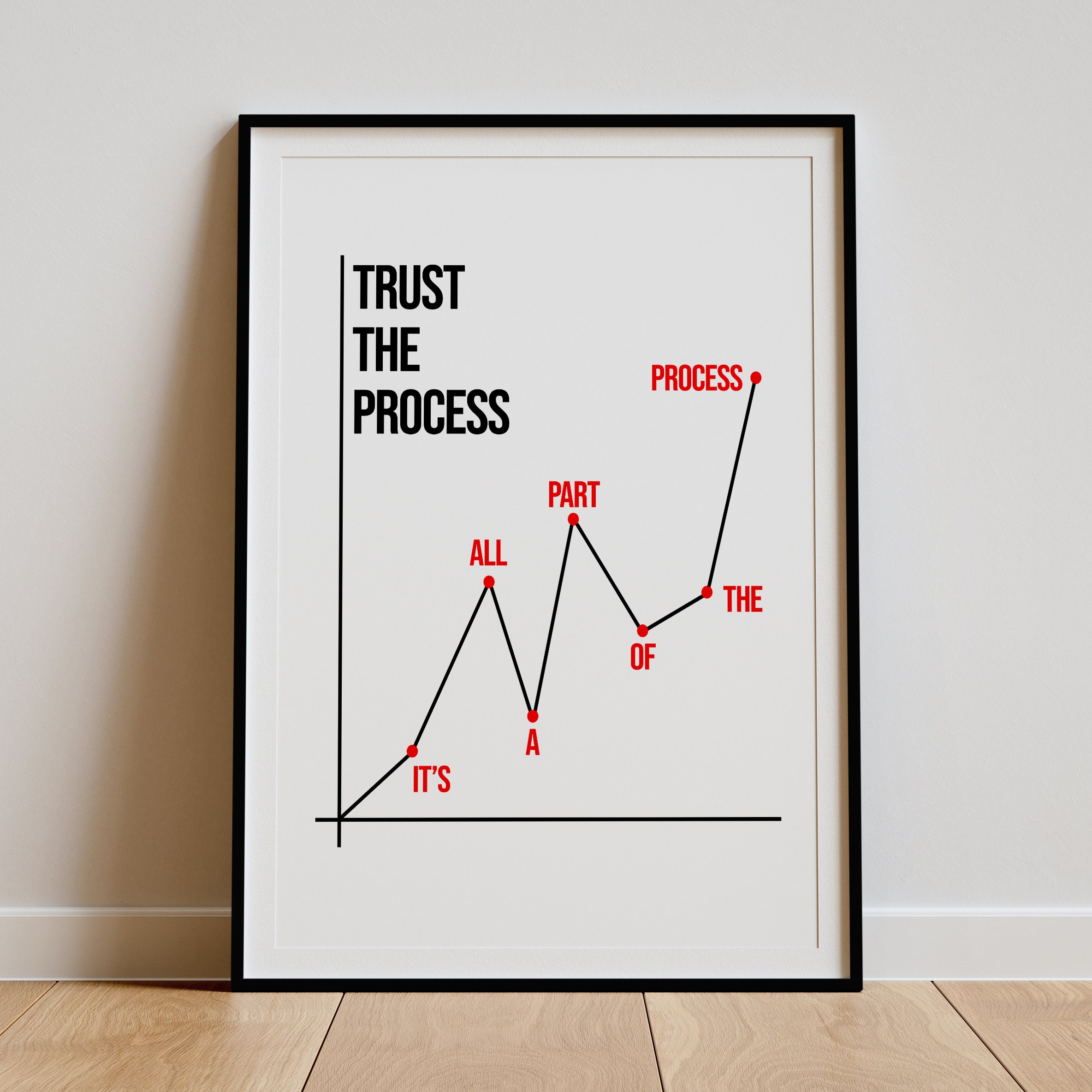Inner Excellence: #5 Fear and Freedom
Facing Fear
Jim Murphy tackles a force that impacts everyone, yet is rarely understood with clarity: fear. Titled “Fear and Freedom,” this part of the book explores how fear subtly—and sometimes powerfully—undermines performance, clouds decision-making, and limits potential. But it also offers a path toward transformation: not by avoiding fear, but by facing it with awareness and courage.
Fear Is Not the Enemy
Murphy begins by reframing fear. It’s not something to get rid of or suppress—it’s something to understand. Fear, he explains, often shows up in disguise: as procrastination, tension, perfectionism, or the need for control. But at its core, fear is simply a signal—often rooted in ego and the illusion of danger.
The problem isn’t fear itself. It’s our reaction to it.
Performance and Pressure
Fear thrives under pressure, especially when our identity is tied to the outcome. Whether it’s fear of failure, judgment, or losing control, Murphy makes it clear: when fear takes the driver’s seat, performance suffers. Athletes tighten up. Leaders hesitate. Creativity shuts down.
Inner Excellence requires the courage to step into discomfort—to face fear, name it, and move through it with presence.
Awareness Dissolves Fear
A recurring theme returns here: awareness is key. When you become aware of your fear without being consumed by it, you create space. You stop identifying with the fear and start observing it. This practice doesn’t eliminate fear—it changes your relationship to it.
And that’s where freedom begins.
Choosing Courage
Murphy makes an important distinction: courage is not the absence of fear—it’s action in spite of it. The more you act in alignment with your values, despite fear, the more your confidence grows. You begin to trust yourself—not because you’re fearless, but because you’re willing to walk through fear.
He also encourages surrender—not in the sense of giving up, but of letting go of control. Trusting the process. Trusting yourself. Trusting something greater.

The Doorway to Growth
Ultimately, fear can be used as a compass. It often points directly to the areas where growth is waiting. Instead of retreating, Murphy invites readers to lean in. Because on the other side of fear is freedom—the freedom to perform, lead, and live without the weight of false limitations.
Final Thoughts
This is a call to stop letting fear dictate the terms of your life. When you learn to see fear clearly—not as a threat, but as a teacher—you unlock the door to peace, presence, and power.
If fear has ever held you back from stepping fully into your potential, this offers a powerful shift: fear isn’t the obstacle—it’s the invitation. And freedom comes when you walk through it.